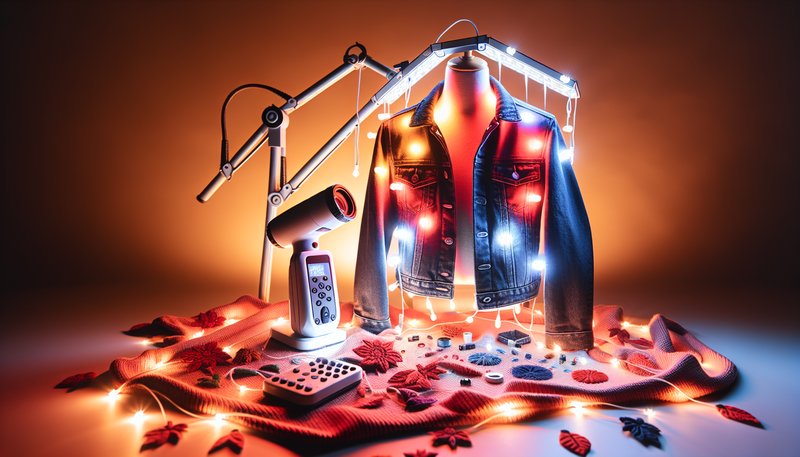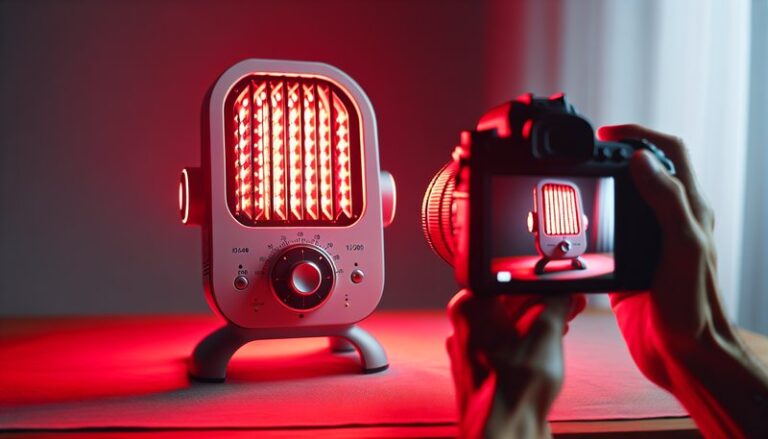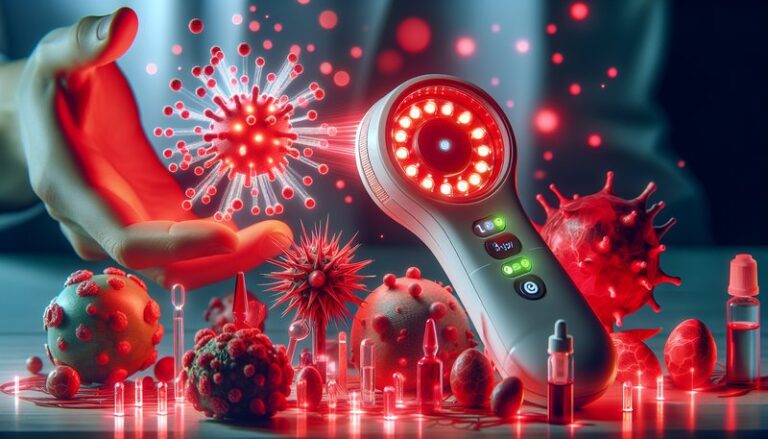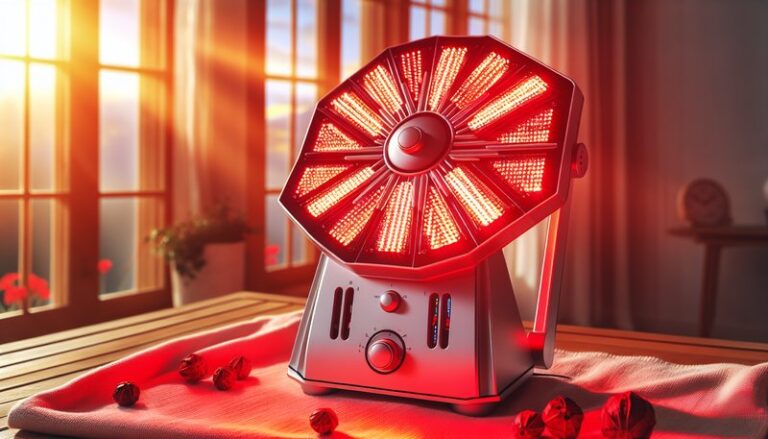Can Red Light Therapy Penetrate Clothing?
Can Red Light Therapy Penetrate Clothing?
Can you harness the benefits of red light therapy while fully dressed?
This article explores the intriguing question of whether red light therapy can penetrate clothing. We’ll cover how red light therapy works, its benefits, and whether the efficacy of the therapy is affected by clothing. By the end, you’ll have greater clarity on how to effectively utilize red light therapy, whether at home or in a professional setting.
Key Takeaways
- Red light therapy utilizes specific wavelengths of light to promote healing and wellness in the body.
- While clothing can block some of the red light, thinner fabrics may allow some light to penetrate.
- Choosing the right clothing or using red light therapy directly on exposed skin can maximize the benefits.
What is Red Light Therapy?
Red light therapy (RLT) is a non-invasive treatment that involves exposure to low levels of red or near-infrared light. It has gained popularity for its potential health benefits, including pain relief, improved skin health, and enhanced wound healing.
RLT works by stimulating the mitochondria in cells, enhancing their energy production (ATP), which promotes healing and regeneration. It is commonly utilized in various applications, including:
See our guide on Does Red Light Therapy Impact Botox?
- Skin Treatment: Acne, wrinkles, and scars can improve with regular RLT sessions.
- Pain Relief: Many use RLT for chronic pain conditions, including arthritis and tendonitis.
- Muscle Recovery: Athletes often resort to RLT to speed up recovery after intense workouts.
Understanding these principles can help determine how effective the therapy might be while wearing clothing.
What are the Benefits of Red Light Therapy?
The benefits of red light therapy are extensive, and they have been supported by various studies and clinical applications.
Improved Skin Health
RLT can enhance collagen production, leading to reduced wrinkles, increased skin elasticity, and an overall improved complexion. Many skincare professionals recommend RLT as a part of anti-aging treatments.
Pain Management
Studies have found that red light therapy can significantly reduce pain and inflammation in conditions like arthritis, muscle strains, and joint pain. Its non-invasive nature makes it an appealing option for pain relief.
Enhanced Wound Healing
Research indicates that RLT promotes faster healing of wounds and injuries. By improving blood circulation and cell metabolism, RLT can result in quicker recovery times post-surgery or injury.
Boosted Energy Levels
Patients often report increased energy levels after receiving RLT, attributed to enhanced cellular function and metabolism. This can be particularly beneficial for those suffering from chronic fatigue.
Is it Possible to Use Red Light Therapy Through Clothing?
While red light therapy is most effective when applied directly to the skin, it is indeed feasible for some light to penetrate through clothing. However, the effectiveness greatly depends on several factors.
What are the Advantages of Using Red Light Therapy Through Clothing?
- Convenience: Wearing clothing during RLT sessions can save time and make the process less cumbersome.
- Comfort: Many individuals may feel more comfortable using RLT while partially clothed, especially in a home setting.
What are the Disadvantages of Using Red Light Therapy Through Clothing?
- Reduced Effectiveness: Thicker fabrics, such as denim or heavy cotton, can significantly block the light, diminishing its therapeutic benefits.
- Inconsistent Results: The depth of light penetration can vary based on the fabric type, meaning benefits may be inconsistent.
What are the Things to Consider Before Using Red Light Therapy Through Clothing?
Before opting to use red light therapy while dressed, several factors should be considered to maximize its effectiveness.
Fabric Type
Choosing lighter fabrics, such as cotton or moisture-wicking materials, can enhance light penetration compared to heavier materials.
Treatment Area Exposure
Exposing the treatment area as much as possible will yield better results. If you’re targeting specific zones, keep them clear of fabric when possible.
Therapy Intensity
Consider using devices with higher power outputs, which may help counteract the potential attenuation caused by clothing.
What are the Alternatives to Using Red Light Therapy Through Clothing?
If using RLT through clothing doesn’t seem effective, there are several alternatives to consider.
Direct Applied Red Light Therapy
Applying red light therapy directly on the skin guarantees maximum penetration and effectiveness, especially for targeted areas of pain or skin conditions.
Adjustable Therapy Devices
Some red light therapy devices are designed to allow for greater proximity to the skin, making application easier and more effective.
Professional Treatment
Seeking treatment at a clinical facility equipped with powerful red light therapy devices can provide immediate results without the challenges of clothing interference.
Conclusion: Is it Recommended to Use Red Light Therapy Through Clothing?
While it is possible to use red light therapy through clothing, for optimal benefits, direct skin exposure is recommended. Choosing lighter fabrics and exposing the treated areas can help, but for those seeking the maximum therapeutic effects, it is best to combine RLT with direct skin contact.
Frequently Asked Questions
Can I wear a thin shirt during red light therapy sessions?
Yes, a thin shirt may allow some light to penetrate, but results will likely be better without any clothing.
Read the deep dive on Is Red Light Therapy the Same as Infrared?
How long should I use red light therapy for optimal results?
Sessions typically last between 10 to 20 minutes, but frequency depends on your specific condition and the device used.
Are there skin types that respond better to red light therapy?
While all skin types can benefit, those with conditions like acne or wrinkles may see more noticeable results.
Can I use red light therapy on sensitive areas of the body?
Yes, but it is advisable to consult with a healthcare professional, especially for sensitive or inflamed areas.





